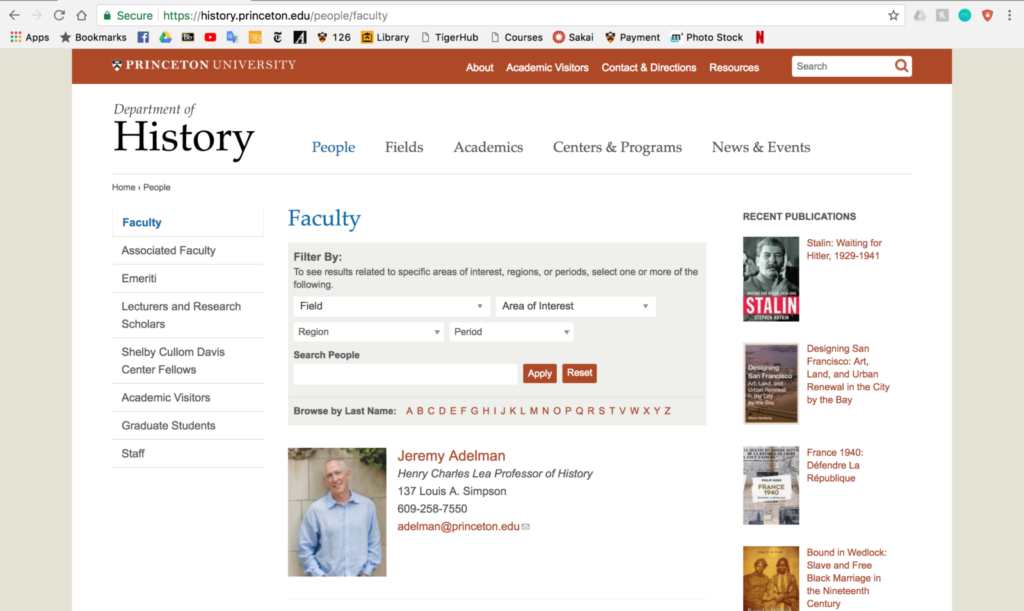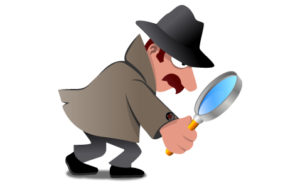Like many people my age, I am an uncertified, yet impressively efficient sleuth. Give me a name and some time, and I should be able to pull up at least two sources of information on any given person.
We know the process well: start with Google, aim for Facebook, and click on everything in between: Twitter, Tumblr, Instagram, news media, public tax records, etc. – not to mention the terrifying wonders of Tigerbook.
You probably already have your sleuthing system all figured out, but have you considered applying it to research?
Identifying and connecting with research mentors can play an essential role in the research process. But for those of us still undeclared, it can be hard to find advisers for our research without departmental oversight. And even though I know faculty research advising will be built into my junior and senior year experience, I can’t help but feel guilty that I haven’t developed close relationships with professors yet. Outside of class (and Rematch), it can be hard to meet professors and graduate students on campus. But that doesn’t mean they aren’t accessible. All you need to do is put your sleuthing skills to work…
All professors and most graduate students have a public online profile on their department’s website – generally categorized under a “Directory” or “People” tab on the home page. Every department looks a bit different, but let’s look at the History department’s directory as an example.

As you can see, this directory enables me to limit my search based on faculty position, field, area of interest, region, and/or period. Alternatively, I can just scroll through the directory in its entirety and click on any profile that interests me (this works better in smaller departments).
Once I click on a profile, the sleuthing is easy. Again, every department is different, but the History department profiles include the professor’s position, office hours, office address, office phone number, email address, current research and teaching interests, past work, awards, and selected publications.
Without even leaving your dorm, you can get to know dozens of faculty members. At worst, you will feel inspired by their accomplishments; at best, you will get a sense of the faculty available to you as potential mentors or research collaborators. Plus, sometimes professors even hide funny tidbits on their profiles, like Professor Wendy Warren in the History department (check out her official faculty photo).
I love this tool because it empowers me to connect with faculty who probably have experience relevant to my research. Earlier this year, I decided I wanted to learn more about urban design, but didn’t even know where to start… so I used the Urban Studies department’s directory to identify professors working at the intersection of history and design. After just one cold email to a professor in this directory, I was graciously invited to her office to talk about course options and research ideas. Over the course of that meeting, she was able to answer all of my questions and even invited me to an event she was organizing later that month! The whole process was so easy and worthwhile.
With only a little bit of sleuthing and one cold email, I was able to connect with a potential faculty mentor and, if I can do it, you can too.
— Rafi Lehmann, Social Sciences Correspondent


